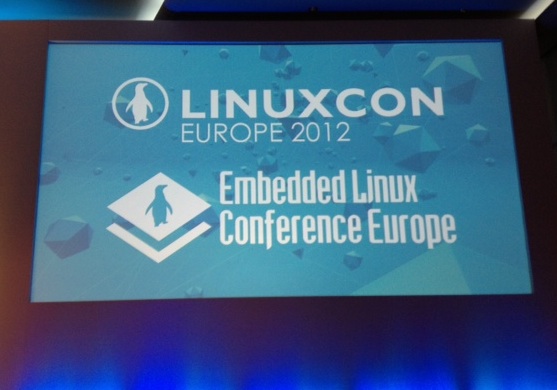How do you get 132 companies to come to the table and work together?
 The OpenStack team, a software community collaborating on a standard open source platform, had to solve this dilemma—and solve it fast—when the tech community became “ludicrously excited” about their new project. “We experienced growing pains … I guess I’m supposed to call them ‘opportunities’,” said Monty Taylor, manager of automation and deployment at Hewlett-Packard, and one of the creators of the project.
The OpenStack team, a software community collaborating on a standard open source platform, had to solve this dilemma—and solve it fast—when the tech community became “ludicrously excited” about their new project. “We experienced growing pains … I guess I’m supposed to call them ‘opportunities’,” said Monty Taylor, manager of automation and deployment at Hewlett-Packard, and one of the creators of the project.
In his Scaling an Open Source Community keynote presentation on Tuesday morning at LinuxCon Europe, Taylor explained how OpenStack overcame early challenges to create a truly non-hierarchical environment focused not only on open source, but also on open design, open development, and an open community.
Liberté, égalité, fraternité
Citing France’s national motto of liberté, égalité, fraternité, Taylor explained the philosophy behind the OpenStack project. Fraternity, he said, is represented by the organization’s ability to bring together the wide variety of diverse interests and opinions held by the many companies and individuals working together on the project. Eileen Evans, who represents HP on the OpenStack Board of Directors, echoed this sentiment at a session she gave later in the day. “Trying to align so many different ideas and voices isn’t easy, but it has been important to work through the issues together.”
The egalitarian nature of the project was also discussed. “Everyone must be able to participate,” said Taylor. “A benevolent dictator can make swift decisions, but it’s not helpful for an open source project like OpenStack.” To put this philosophy into practice, the project opens its design summits to anyone who wants to attend and makes public source code repositories easily available, so that people everywhere have free access to the OpenStack code.
Apache 2.0 vs. GPL
When speaking more specifically of the freedom that OpenStack provides, Taylor cited the project’s use of the Apache 2.0 license, which allows modification and redistribution of the software. “With the Apache 2 license, everyone can use each other’s code and play under the same rules,” he said.
Proving that lively and diverse discussion is indeed at the heart of the open source community, Marten Mickos, CEO of open source cloud provider Eucalyptus, begged to differ. Mickos, who had spoken in the prior keynote about how open source cloud platforms are liberating application workloads, posted a tweet just minutes after Taylor’s keynote, stating: “At #linuxcon @e_monty wrongly claims Apache 2 license ensures that all must contribute and play by the same rules. Au contraire.” Eucalyptus uses the General Public License, which also allows redistribution and modification of open source software. The nuances in rights that the two licenses offer has been an ongoing discussion in the open source community.
Constant vigilance
Regardless of which license model an open source project chooses, Taylor made a plea at the end of his presentation for constant vigilance within all open communities like OpenStack. “We must keep our eyes on every company involved,” he said. “Especially those interested in taking us in what they individually perceive to be the ‘right’ direction.”
In a significant nod toward this type of corporate neutrality, Taylor’s company, HP, upgraded its Linux Foundation membership to Platinum just one day earlier, on opening day of LinuxCon. This long-term, strategic commitment will help to ensure collaboration that can advance open cloud.


